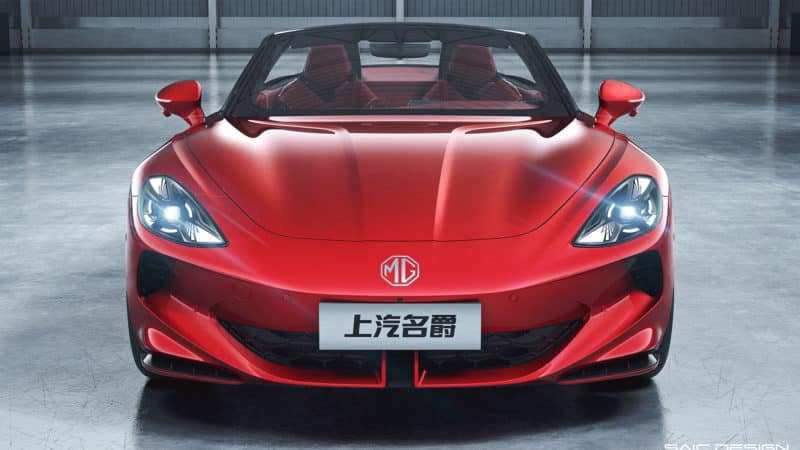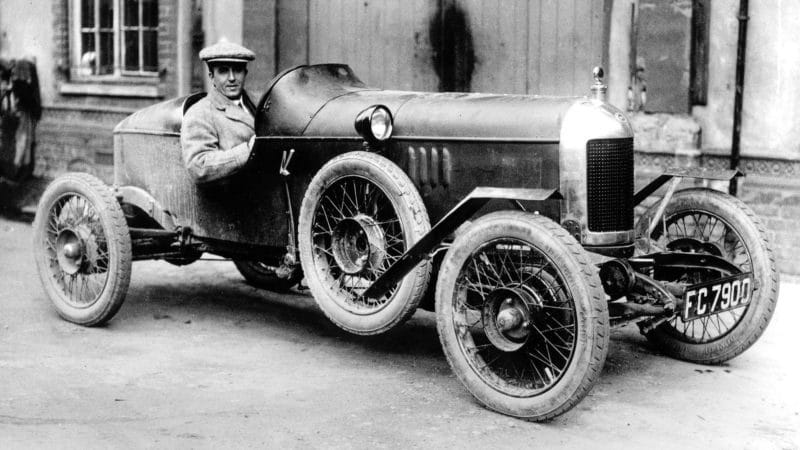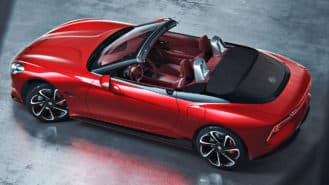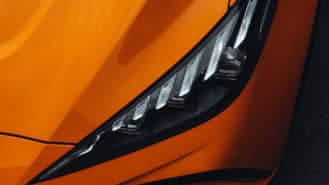Like others before and since, Kimber was demonstrating the wisdom of that old mantra, ‘win on Sunday, sell on Monday’ – using racing to help promote his new sports car models, among them the M-type Midget of 1928, an affordable little roadster (it cost £175, equivalent to £9000 in today’s money) that brought sports car thrills within reach of ordinary people.
In 1935, MG hung up its racing overalls but its investment in the sport was still bearing fruit years later when, after the war, the company found itself swamped with orders for its new TC sports car of 1946. Further sales success here and in the US followed, first with the MGA of 1955 and then, in 1962, the MGB, a car even today’s young drivers will recognise and which was still rolling off production lines in 1980.
Throughout, the MG logo, a symbol of affordable performance fun, had adorned mainstream models so when, in 1982, British Leyland, the marque’s then owner, applied it to a hot hatch version of the Metro supermini, few were surprised. What did shock everyone, though, was how good the car was, a feat the company repeated with MG versions of the Maestro and Montego. However, it wasn’t until 1992 that a standalone MG appeared in the form of the limited-run MGB-derived RV8, followed three years later by the popular MG F, a rear-engined two seater that could hold its own against rivals including the brilliant Mazda MX5.
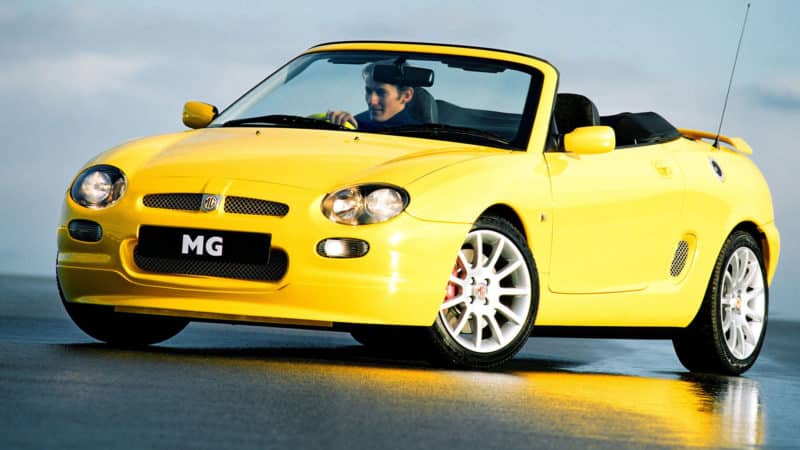
Cyberster carries on from ‘fun’ cars like the popular MG F
Newspress
Echoes of MGs of old surfaced with the MG F’s successor, the MG TF of 2002, a name first used in 1953. Other models included well-received, sporty derivatives of the Rover 25, 45 and 75 hatchbacks, saloons and estates. However, in 2005 parent company MG Rover collapsed. The same year, Nanjing Automobile Group of China, which subsequently merged with SAIC, bought the rights to the MG brand and so a new chapter in its story began.
MG’s heritage wasn’t immediately obvious in the early models launched under SAIC ownership, but the Cyberster looks to reconnect MG with the good-value, sporty real-world cars that made it great. The specification includes a ‘proper’ rear-drive layout (four-wheel drive in 536bhp form) and a powered roof, although we don’t yet know how agile the car is, carrying a heavy battery pack.
